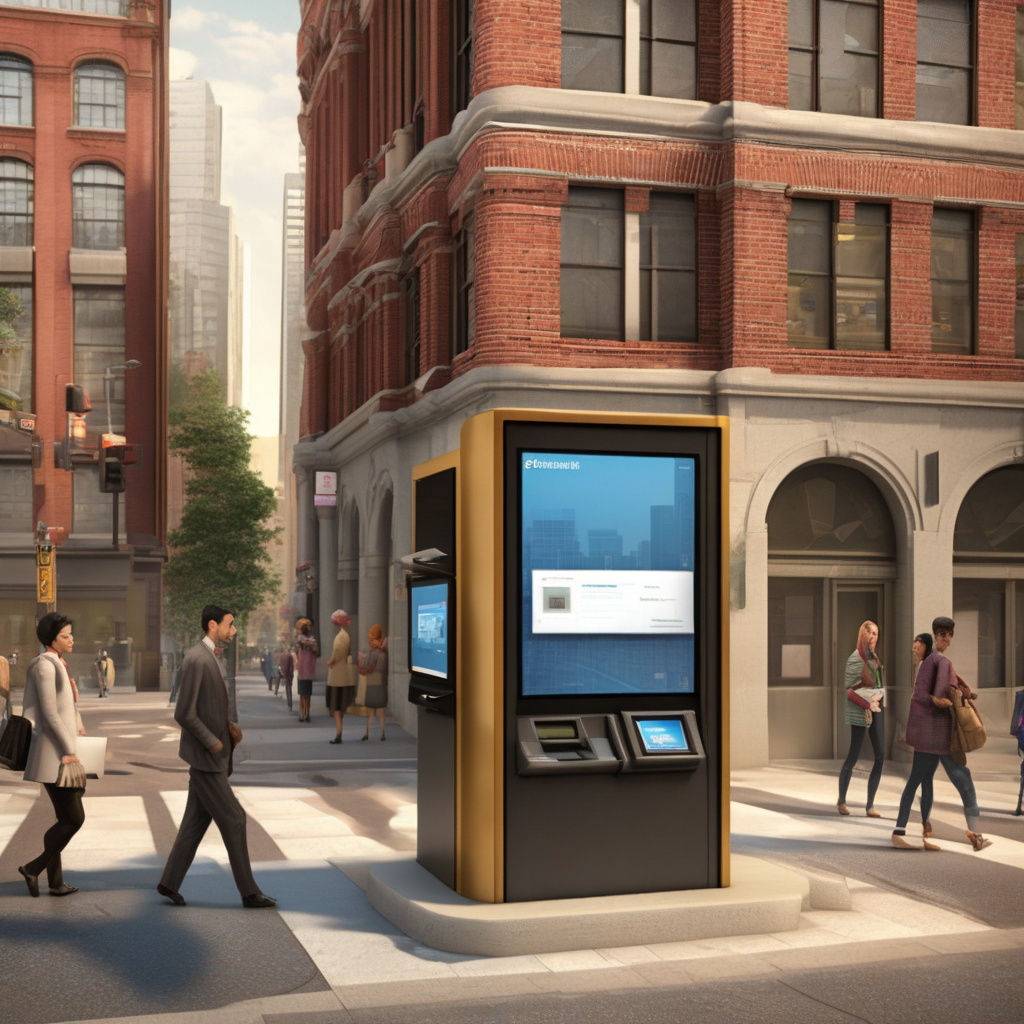In today’s rapidly evolving financial landscape, the rise of digital banks has been nothing short of revolutionary. These innovative institutions offer a host of benefits, from seamless online transactions to lower fees and innovative financial management tools. However, a common question that arises is whether digital banks can be used in the same places as traditional brick-and-mortar banks. Let’s delve into this topic and explore the reach and accessibility of digital banks compared to their conventional counterparts.
When considering the geographic reach of digital banks, one of the key advantages they offer is the ability to transcend physical boundaries. Unlike traditional banks that are tied to specific locations, digital banks operate entirely online, enabling customers to access their accounts from anywhere with an internet connection. This means that whether you are at home, in the office, or traveling abroad, you can easily manage your finances and conduct transactions with a few simple clicks on your computer or mobile device.
Moreover, the convenience of digital banking extends beyond just accessing your account remotely. Many digital banks also provide a wide range of services that are comparable to those offered by traditional banks, such as savings accounts, credit cards, loans, and investment options. This means that you can perform most, if not all, of your banking activities through a digital bank without the need to visit a physical branch.
Despite the convenience and flexibility of digital banks, there are still certain limitations to consider. While digital banks can be used for most day-to-day banking needs, there are instances where physical interaction may be required. For example, if you need to deposit cash or checks, access in-person customer support, or require services that involve physical paperwork, you may find that traditional banks have an edge in these areas.
Additionally, the acceptance of digital bank cards, such as debit or credit cards, may vary depending on the merchant or location. While major retailers and online platforms typically accept digital bank cards without issue, there may be instances where smaller businesses or international vendors prefer traditional payment methods. It’s essential to be aware of these potential limitations and have alternative payment options available when needed.
In conclusion, digital banks have made significant strides in providing convenient and accessible banking solutions for the digital age. While they offer a wide range of services and the flexibility to manage your finances from anywhere, there are still some scenarios where traditional banks may have an advantage. By understanding the strengths and limitations of both digital and traditional banking options, you can make informed decisions that best suit your financial needs and preferences.
At the same time, staying informed about the latest developments in digital banking and technological advancements can help you leverage the benefits of both digital and traditional banking services. By combining the convenience of digital banking with the reliability of traditional banking when necessary, you can enjoy a comprehensive banking experience that meets your evolving financial needs.
In the ever-changing landscape of financial services, embracing the best of both digital and traditional banking can empower you to make the most of your financial resources while ensuring flexibility and accessibility in managing your money. Whether you choose to go fully digital or maintain a hybrid approach, the key is to leverage the strengths of each banking option to enhance your overall banking experience.

